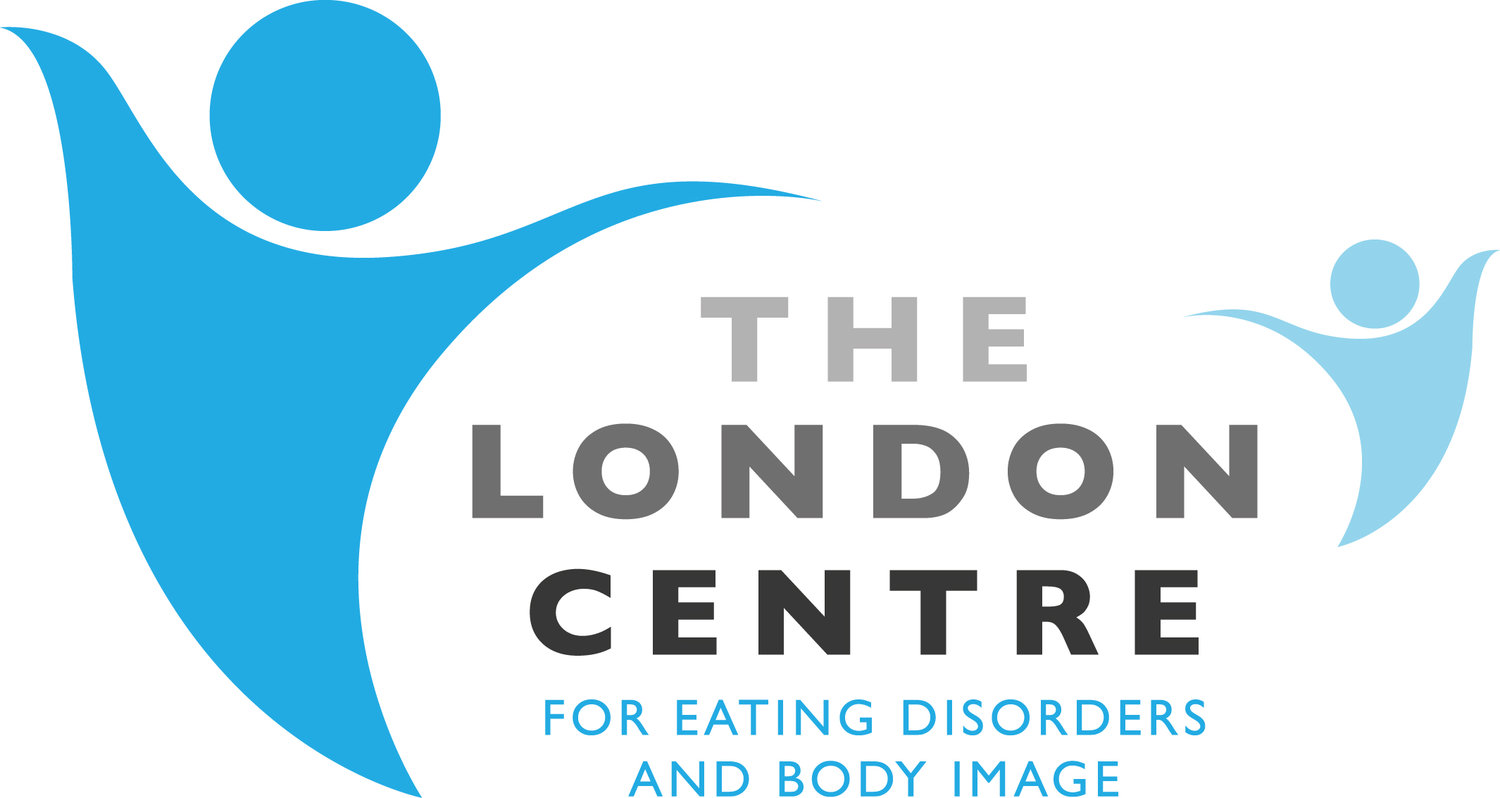Effective Cognitive Behavioural Therapy in London
WHAT IS CBT?
Cognitive behavioural therapy (CBT) is a talking therapy that focuses on your thinking (cognitions), your behaviours (what you do in response to certain thoughts), and your emotions (how you feel in response to certain thoughts). The premise behind CBT is that these negative thoughts, emotions and unhelpful behaviours all feed into each other, and can leave you trapped in a downward spiral. CBT for eating disorders is designed to give you the skills to break out of this vicious cycle.
There are two main types of cognitive behavioural therapy for eating disorders: cognitive behavioural therapy-enhanced (CBT-E) and cognitive behavioural therapy for avoidant/restrictive food intake disorder (CBT-AR). CBT-E is the current leading treatment for adults with eating disorders in London.
What Does CBT-E for Eating Disorders Involve?
CBT-E isn’t a “one-size-fits-all” treatment but a highly individualised treatment. In London the CBT therapy involves the therapist and client collaboratively developing a joint understanding of a person’s eating difficulties and what treatment will need to focus on in order to resolve these difficulties and to maintain recovery post-treatment. There are a wide number of strategies and techniques used within CBT-E for eating disorders, and it is considered a structured, skills-based, here-and-now approach; providing people with education, skills and strategies to enable them to maintain recovery without the need for ongoing support.CBT-E is different from generic CBT as there is an increased focus on thoughts and feelings about eating, weight and shape, and a lot of education targeted at changing a person’s beliefs about food and the body. Additional tools might include completing food diaries, doing therapeutic weigh-ins to challenge beliefs about weight, and working on body image.
Whilst CBT typically focuses on the here-and-now, it is possible to explore how and where difficulties arose and to work on underlying issues using a longitudinal CBT approach.
CBT and Bulimia
Is CBT effective for eating disorders? Yes, particularly for conditions like bulimia and other eating disorders, research supports its effectiveness.How does CBT work?
People often fall into unhelpful patterns in their thinking (e.g. “I am not good enough” or “If I were thinner I’d be more successful”). These thoughts can feed into negative emotions (feeling low, anxious or frustrated) or into unhelpful behaviours (e.g. cancelling plans with friends, over-working, or trying to restrict food intake). CBT therapy in London helps people to recognise their unhelpful or negative thinking, see the patterns in their behaviours, and develop healthy strategies and skills to challenge or cope with their unhelpful thoughts.
Specialist Team
The London Centre comprises specialist health professionals trained in evidence-based treatments for eating disorders. The team include:
Psychiatrists
Clinical Psychologists
Counselling Psychologists
Trainee Psychologists
Occupational Therapists
Dietitians
Diverse Treatment Options
The clinic's specialist nature and the experience of its team also enable the offering of a wide variety of treatment approaches and therapies. The clinics offer both in-person and remote consultations.Personalised Care
With a strong commitment to evidence-based therapies, The London Centre places immense value on individual patient needs and preferences to ensure the optimal pairing of clients with both the right therapist and the most effective treatment.Testimonials
How it works
Our team conducts a comprehensive evaluation, leveraging the expertise of multiple specialists, to ensure that our treatment is effective and tailored to your personal recovery.
Step 1
Contact Us
Before making an appointment you can contact us with any questions you might have via phone, email or by using our online contact form. Your first contact will more than likely be with Kerry, our wonderful PA.Step 2
Assessment
Before the initial session, clients are requested to complete a brief questionnaire regarding their current circumstances, preferences, and availability for appointments.Step 3
First Session
Following the assessment, clients will have a session to discuss their recommended treatment plan. A start date will be agreed upon, and arrangements will be made for an initial session.FAQs
-
The fees do vary depending on, which clinician you see. For a full summary of our fees, what health insurance company policies we accept, and details about making payments please click the link. (https://www.thelondoncentre.co.uk/fees)
-
Our Team PA, Kerry, is available to answer any questions you may have prior to booking an assessment. If you would like to discuss treatment options or have a general conversation prior to booking, you are able to schedule a call with Mini Jones, our Clinic Lead who is always happy to discuss any questions or concerns. For further information, or to request a call back, please click the link provided to get in touch via email, phone, or through our online contact form.(https://www.thelondoncentre.co.uk/book-an-appointment)
-
It is important to note that we do have a 24 hour cancellation policy on all booked appointments. Any cancellations received within 24 hours remain fully charged.
We request payment for an initial assessment appointment in advance of your appointment, which you can make over the phone using a debit or credit card or via the secure payment link sent to you with your invoice. For any further treatment sessions, and unless covered by private health insurance, we will invoice you sessionally which is payable upon receipt, however, we offer a maximum 30-day period in order to receive payment.
All appointment reminders will be sent to you via our client management system ‘Cliniko’ - notifications@cliniko.com please do add this email address to your inbox contacts to ensure all communications are received promptly. -
Therapy is most effective when a series of appointments tailored to your individual requirements can be established. The NICE guidelines are between 20-40 appointments but we are guided by our clients depending on their needs, preference, and motivation to adopt change. We will always remain flexible to accommodate your preferences.





